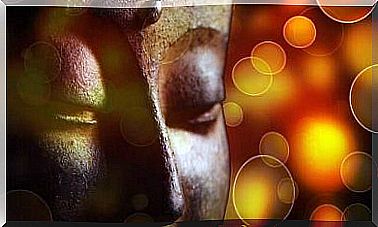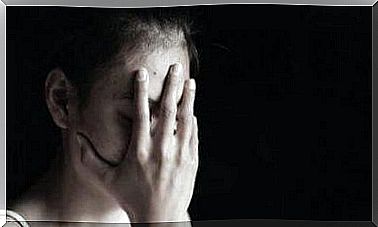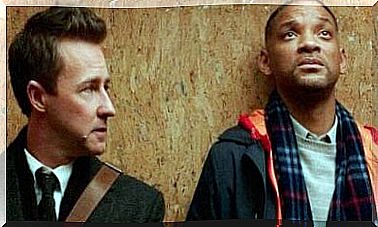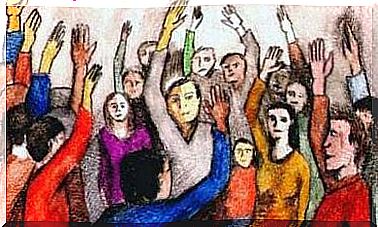What Are Parapraxies? Types And Examples Of Memory Distortions

Did you know that memory, in addition to being good or bad, can be falsified? When there is some kind of memory distortion, we speak of parapraxias (or paramnesias).
Thus, people may or may not keep memories of an event or experience, but it can also happen that these “memories” are distorted. These distortions can appear both in the clinical population and in the non-clinical population. In this article, we invite you to discover the 11 types of parapraxia.
What are parapraxies?
Parapraxies were defined by Sigmund Freud to designate minor memory errors, such as tip-of-the-tongue phenomenon or forgetting names and dates. These experiences, according to Freud’s contributions, can appear in people with absolutely normal memory functioning, as in people with pathology.
Thus, the parapraxias that Freud defined have to do with the daily forgetfulness that we all commit. However, he was not the only author to speak of memory impairment. The German psychiatrist Emil Kraepelin, for his part, introduced a term close to that of parapraxias: that of paramnesias.

Parapraxias and paramnesias
With this concept, that of paramnesias, Kraepelin referred to pathological distortions of memory due to the inclusion of false details or an incorrect time reference. As we can see, Parapraxias and Paramnesias are similar concepts, and therefore we will group them into one category.
In this category we find two groups of memory anomalies. These are the following:
- Memory abnormalities.
- Recognition anomalies.
Parapraxias: memory abnormalities
Memory anomalies are distortions or alterations in memory. Here are some examples:
The phenomenon of not being able to remember
For example, we come across a person outside the context in which we normally associate them. We have an experience of recognition without full memory, that is, we know the person but “we don’t know how”.
A very curious fact that usually happens with our children when they meet a teacher outside of school. They know that the latter has a life outside of school, but its existence, in their minds, is closely associated with school.
“I know his face, but not his name”
When we are able to recognize and correctly identify someone, but we are unable to locate their name, it is a parapraxia. The memory is weak or attenuated.
Seem to know
Here the person is convinced that he knows something and, however, when he tries to prove it, he fails. It is a phenomenon which occurs frequently with semantic information (names, words…).
“On the tip of my tongue”
This type of parapraxia resembles the previous type. The person is convinced that they know a word perfectly, but they are unable to find it. Its incidence is thought to increase with age.
Temporary gap
When we don’t pay attention to events, or when we don’t register them as temporary markers, we sometimes experience a feeling of loss in our memory. This is a temporary gap.
Checking the task
The need to confirm that certain tasks have been performed is a parapraxia. It happens when our memory is weakened or absent when we perform the task.
Pseudo-memories and memory forgery
Two phenomena fall into this category: fantastic pseudology and storytelling. In both cases, there is memory making to fill in the gaps.
Fantastic pseudology refers to completely made up or fantasized stories that patients themselves come to believe, and which are usually the result of emotional needs. Confabulation is a memory error related to amnesic syndrome in a state of lucid consciousness.
Parapraxias: recognition anomalies
The group of anomalies of recognition of things, people, situations or objects, includes three types. These are the following:
Already seen
The feeling of déjà vu refers to the feeling of having already experienced a situation when it is the first time that we have experienced it. This sensation concerns both the normal population and the clinical population.
In the normal population, it is more common in young people and under conditions of fatigue, and usually lasts a few seconds. In contrast, in the clinical population, it usually occurs in psychiatric patients.
In the latter, the sensation is prolonged and even continuous. This sensation is common in disorders such as depersonalization and epilepsies.

Never seen
Another of the existing parapraxies is the unprecedented phenomenon. In this case, the person knows and remembers a situation, but feels no sense of familiarity. This feeling is much less frequent in the general population than the reverse phenomenon (déjà vu).
Cryptoamnesia
It refers to the experience that a memory is not experienced as such, but is seen as an original production, experienced for the first time. There is therefore a failure of recognition and the feeling of familiarity is absent.
This is a phenomenon that always occurs with semantic material (words). More precisely when this recognition has not been associated with personalized keys or episodic memory.
Is memory reliable despite parapraxias?
And you, have you ever experienced a parapraxia? As we have seen, memory is by no means a perfect capacity, and this would explain why we suffer from alterations or distortions from it.
Having difficulty remembering names, words or people is quite common (especially if we are tired). It is the same with false memories. Memory is very useful, and it also provides an identity, but it is never, and never will be, reliable or 100% accurate.









